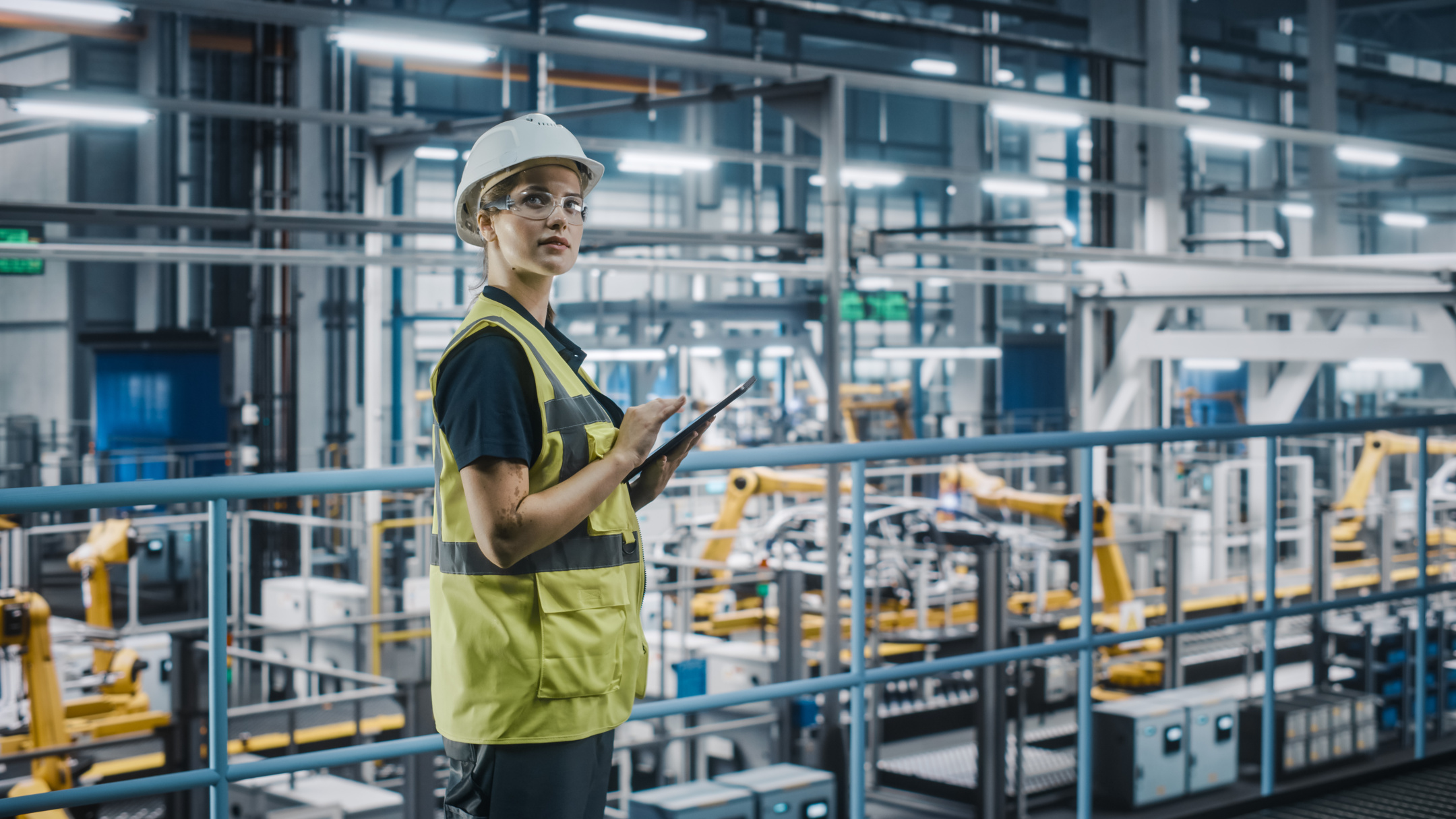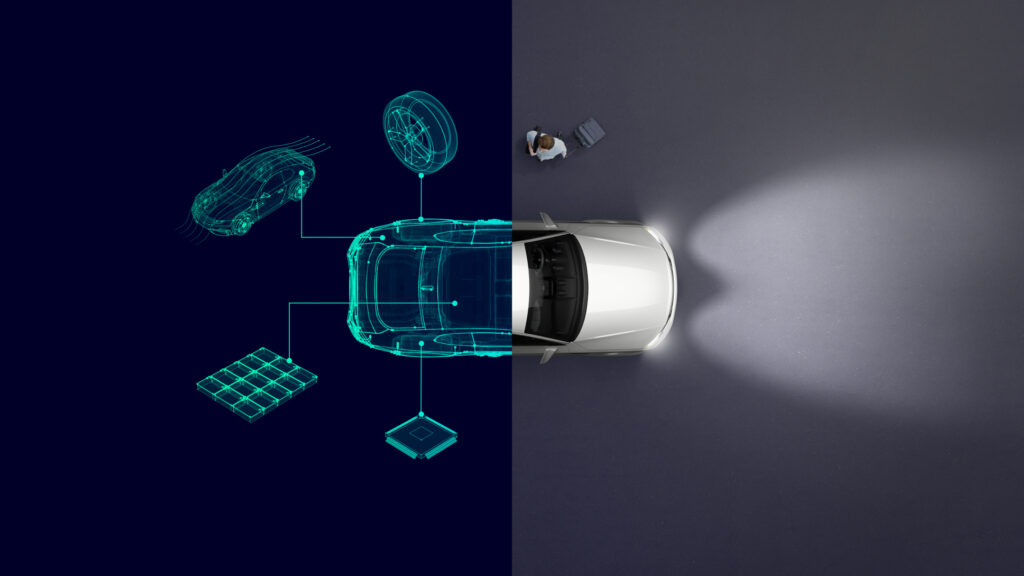Digital Transformation: An industry leading strategy

The business landscape is increasingly volatile. Dynamic, global forces create ambiguity in the hundreds of decisions made every day from the shop floor to the executive suite. Companies must find ways of reducing cost and time to market while maintaining high production quality, innovation, and adaptability to shifting markets. At the same time, the urgency for climate action is undeniable. Industry plays a major role, accounting for 25% of global CO2 emissions and a third of energy use. As companies work to integrate sustainability into their core strategies, executives and engineering leads are often forced to make decisions based on incomplete information, making optimal solutions difficult to uncover.
Embrace Digital Transformation to Conquer Volatility
So, how do companies overcome these challenges and prepare for the future of more agile, intelligent, and sustainable industries? The answer lies in digital transformation. Through digital transformation, companies can combine the real and digital worlds, managing the product and production lifecycles in both through the comprehensive Digital Twin.

By doing so, companies can become Digital Enterprises, able to gather and exchange data and information quickly between all stakeholders in product and production development, testing, maintenance, and operation. This ability to collect, understand, and use data throughout the organization is what defines a Digital Enterprise. It gives them the capability to learn from their data and react quickly to market demands, develop innovative products and production solutions, overcome complexity, and become more sustainable in the process.
The next step on this evolution is to employ the power of organizational data to the challenge of sustainability; to become a sustainable Digital Enterprise. The sustainable Digital Enterprise is built on the flow of data in two directions: through a closed loop between the product, production, and supply chain lifecycles; and vertically to connect executives, managers, and planners with day-to-day operations in design, production, and service. Such integrations are key to the creation of an organization that can drive economic, resource, energy, and time efficiency from design through end-of-life.
A sustainable Digital Enterprise creates transparency from initial design decisions through the selection of suppliers, the tracking of production batches for quality and scrap, and into the fate of the product. With this information, sustainable Digital Enterprises can select suppliers that meet sustainability standards and enhance product circularity to meet their sustainability goals.
Sustainability by Design with the Digital Twin
Sustainability begins in the design phase where decisions on the geometry, materials, and performance of a product determine up to 80% of a product’s environmental footprint. The advanced technologies and methods adopted during a digital transformation, including the Digital Twin, industrial AI, IT/OT convergence, and the Industrial Metaverse, support the merging of real and digital beginning in the product design phase.
The Digital Twin, by now, is a familiar concept. But that makes it no less powerful! Siemens’ unique comprehensive and physics-based Digital Twin approach incorporates mechanical, electronic and electrical software and manufacturing to fully capture today’s smart products and processes. It comprises a set of consistent digital models representing different aspects that can be used throughout the entire product and production lifecycle and the supply chain.

Critically, the comprehensive Digital Twin provides a physics-based virtual playground for engineers and designers to create, simulate, and improve product designs. Design iterations in the virtual world happen quickly and consume few resources outside of the engineer’s brain power. For example, engineers can design the fuselage, wings, and control surfaces of a new aircraft, then immediately simulate the performance of the design in the air. Engineers can investigate the efficiency of the wing design and test various methods of limiting induced drag, all virtually. By reducing the number of physical prototypes required, the Digital Twin can reduce material consumption in the design phase by up to 50%.
Digital Twin Evolution will Empower Digitalization Leaders
The Digital Twin has yet to reach its full potential. Development of the comprehensive Digital Twin is helping make the virtual world higher fidelity, more collaborative, and more accessible. Now, synergies between Digital Twin software and virtual reality hardware are enabling a new method of working with the comprehensive Digital Twin in an immersive environment, bringing the real and digital worlds closer together. Colleagues can collaborate on a design from anywhere in the world, as if they were standing in the same room. And the immersive environment makes design work and reviews more intuitive for all stakeholders.
To learn more about digital transformation and the Digital Twin, visit us at www.siemens.com/digital-enterprise


